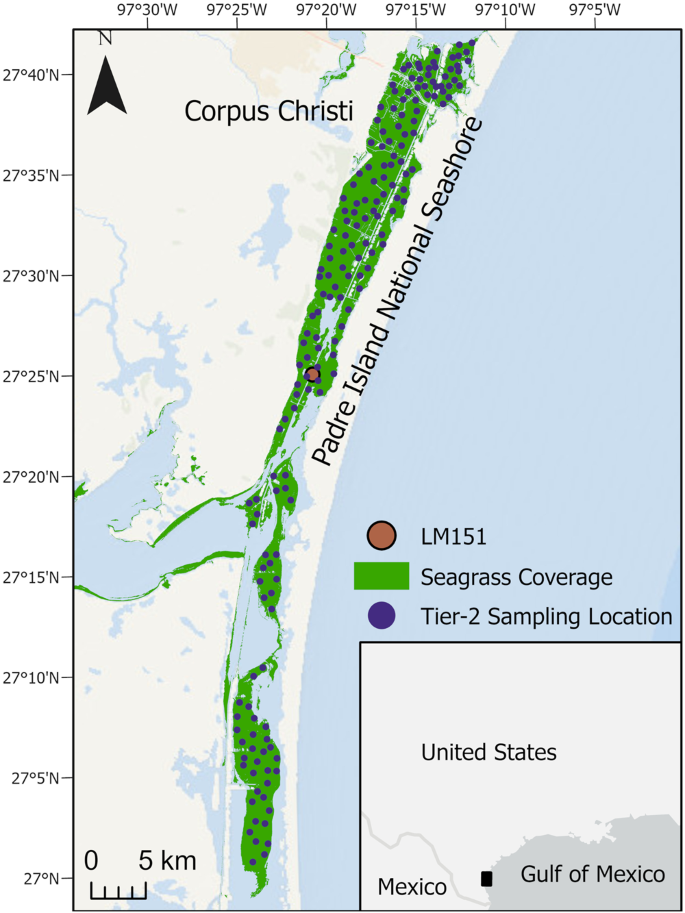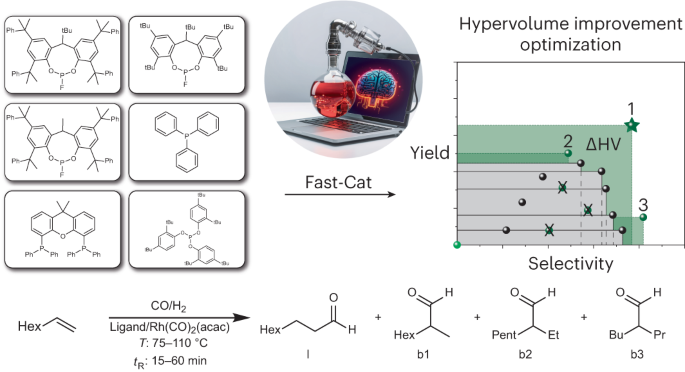2024-02-27 テキサス大学オースチン校(UT Austin)
<関連情報>
- https://news.utexas.edu/2024/02/27/vital-seagrasses-in-gulf-of-mexico-are-retreating-amid-rapid-sea-level-rise/
- https://www.nature.com/articles/s43247-024-01236-7
急速な海面上昇で海草の草原が失われる Rapid sea level rise causes loss of seagrass meadows
Kyle A. Capistrant-Fossa & Kenneth H. Dunton
Communications Earth & Environment Published:19 February 2024
DOI:https://doi.org/10.1038/s43247-024-01236-7

Abstract
As global declines in seagrass populations continue to cause great concern, long-term assessment of seagrass meadows show promise in furnishing valuable clues into fundamental causes of seagrass loss and drivers of environmental change. Here we report two long-term records of seagrass presence in western Gulf of Mexico coastal waters (Laguna Madre) that provided insight into their rapid decline in a relatively pristine ecosystem. Coincident with unprecedented increases in water depth starting in 2014 (14–25 mm y−1), monthly measurements at a deep edge fixed station revealed that two ubiquitous seagrass species (Halodule wrightii and Syringodium filiforme) vanished altogether in just five years; a subsequent basin-wide assessment revealed that seagrasses disappeared at 23% of 144 sentinel stations. Models that incorporate differing sea level rise scenarios and water depth thresholds reveal potential global losses of seagrass habitat (14,000 km2), with expansion into newly created shallow habitats constrained by altered natural shorelines.



